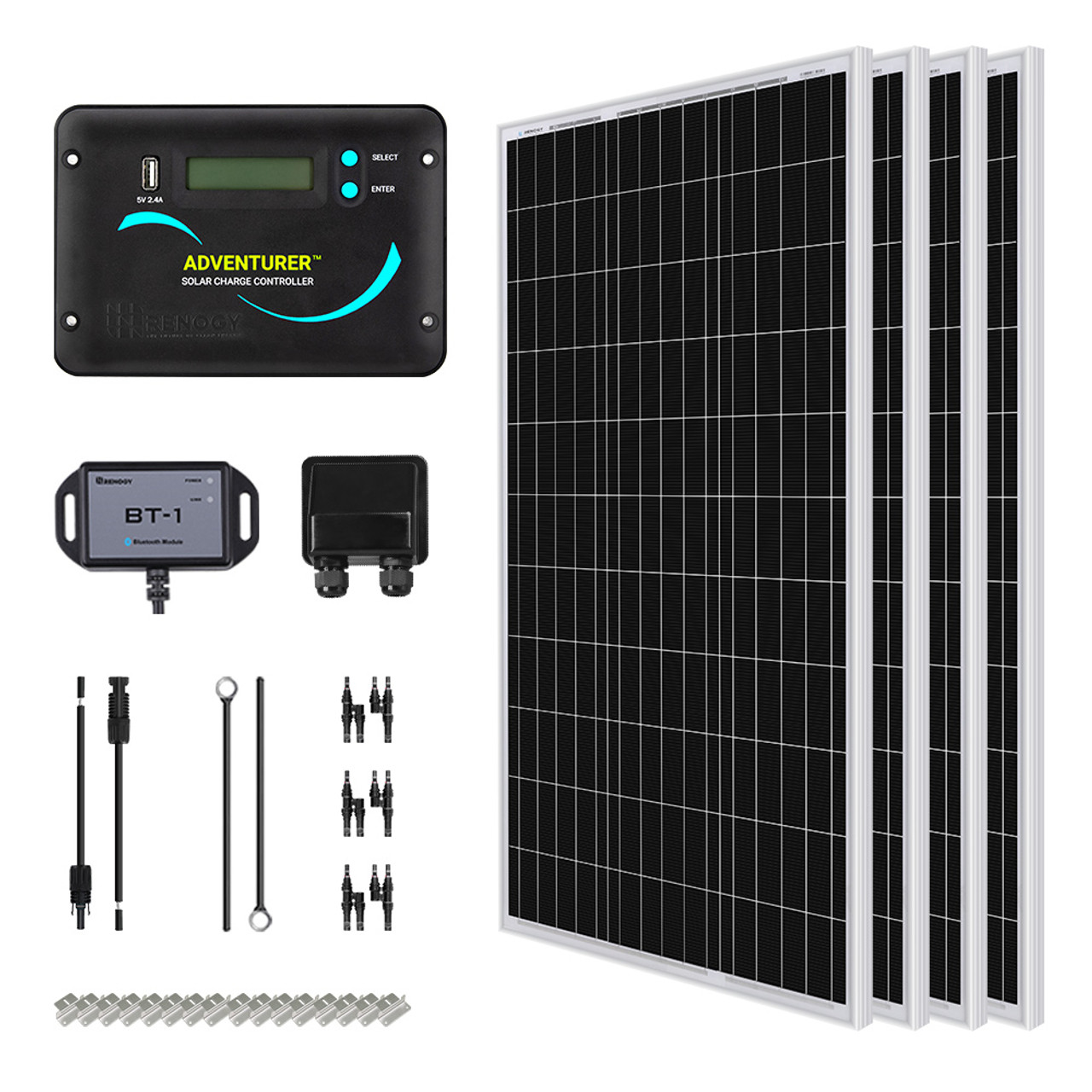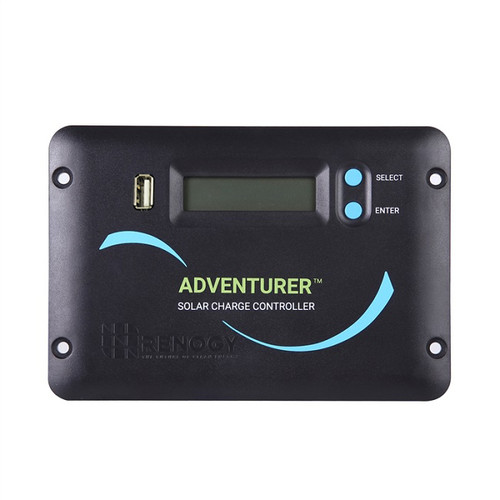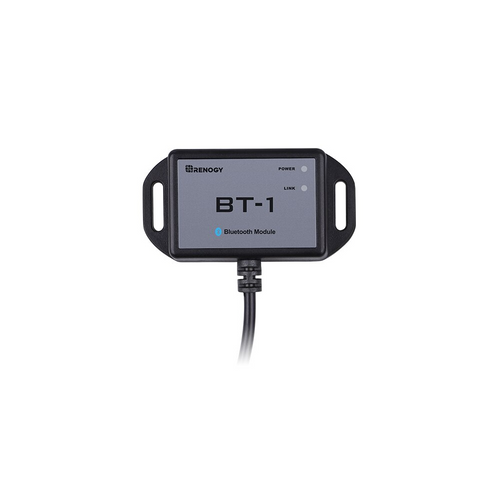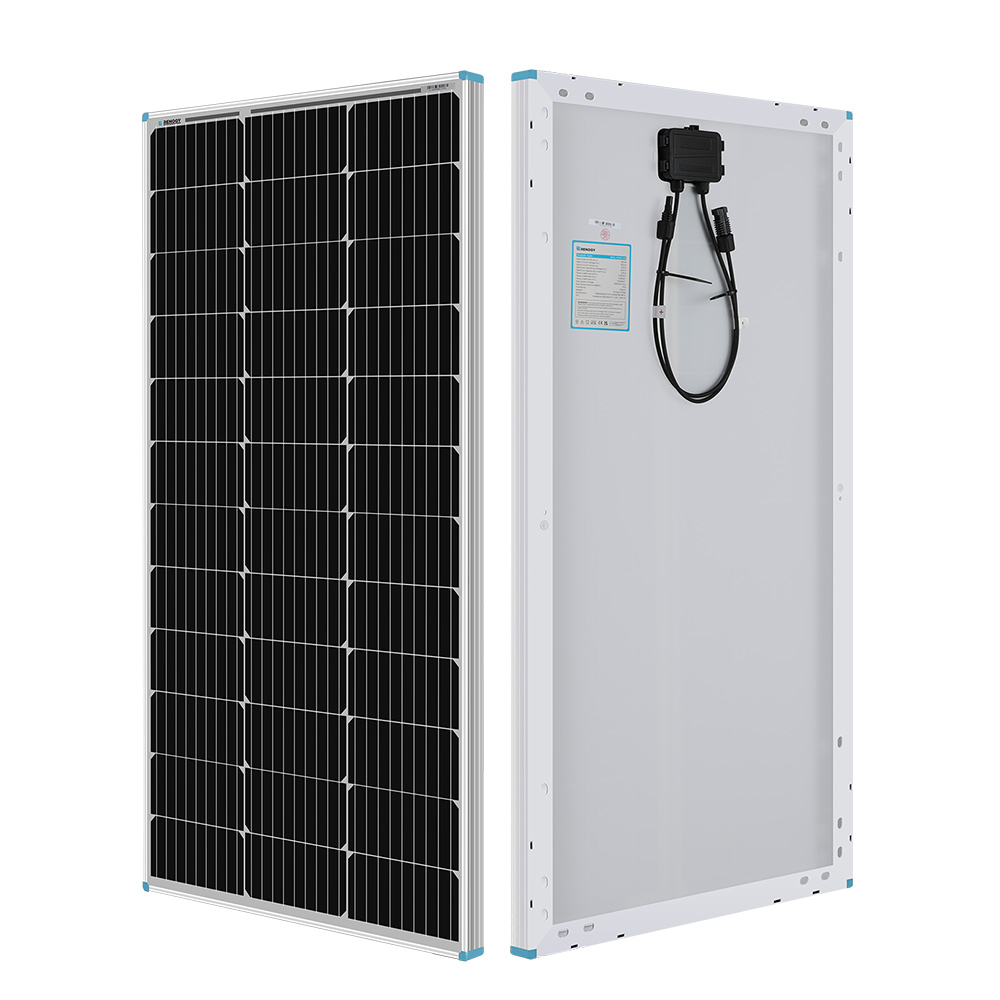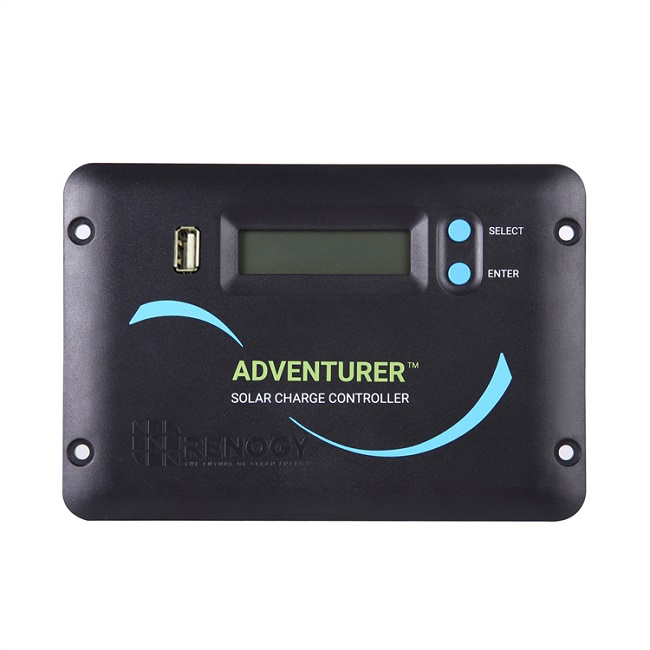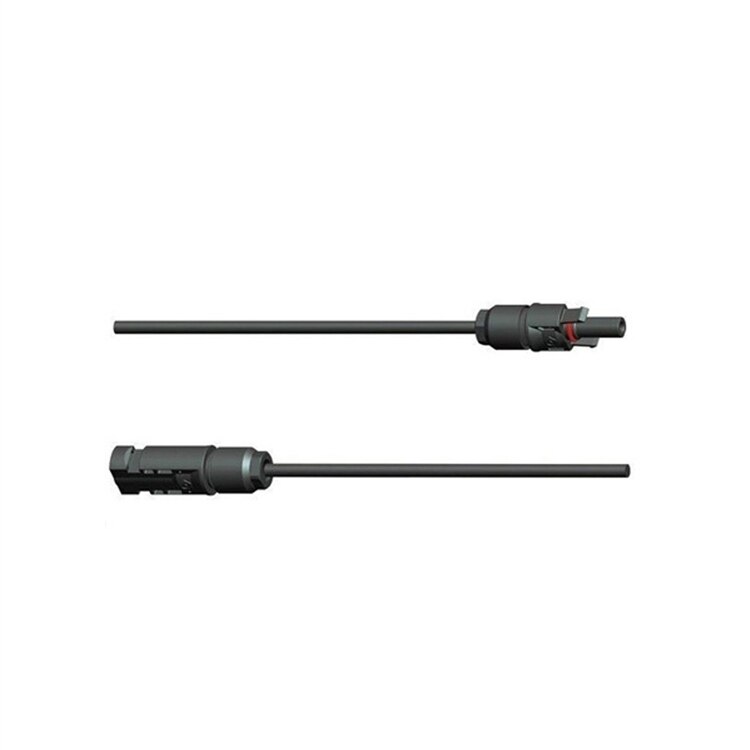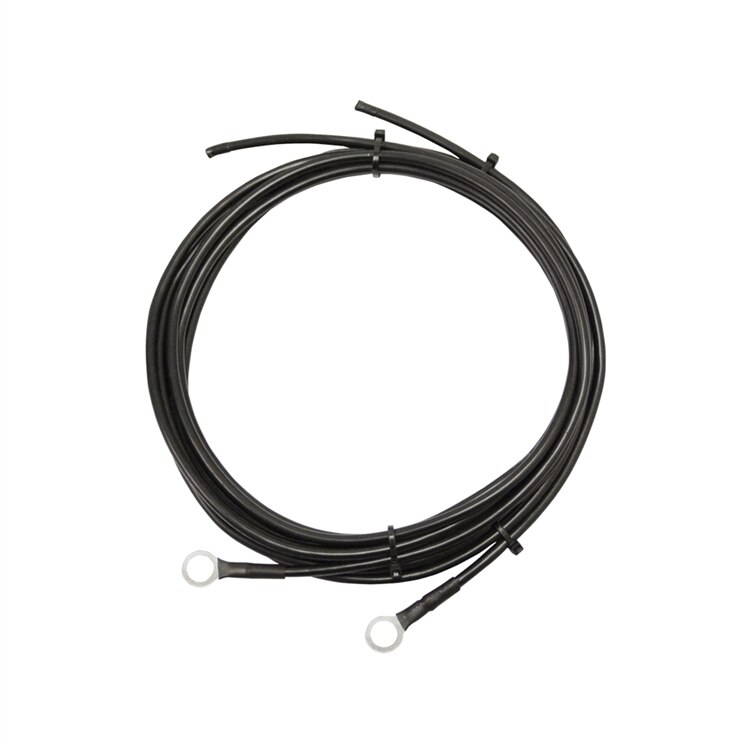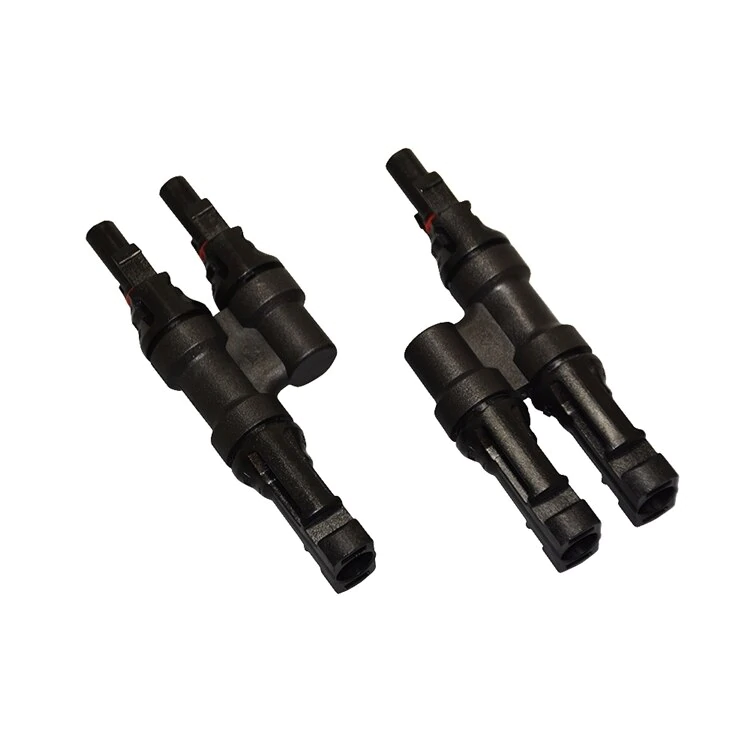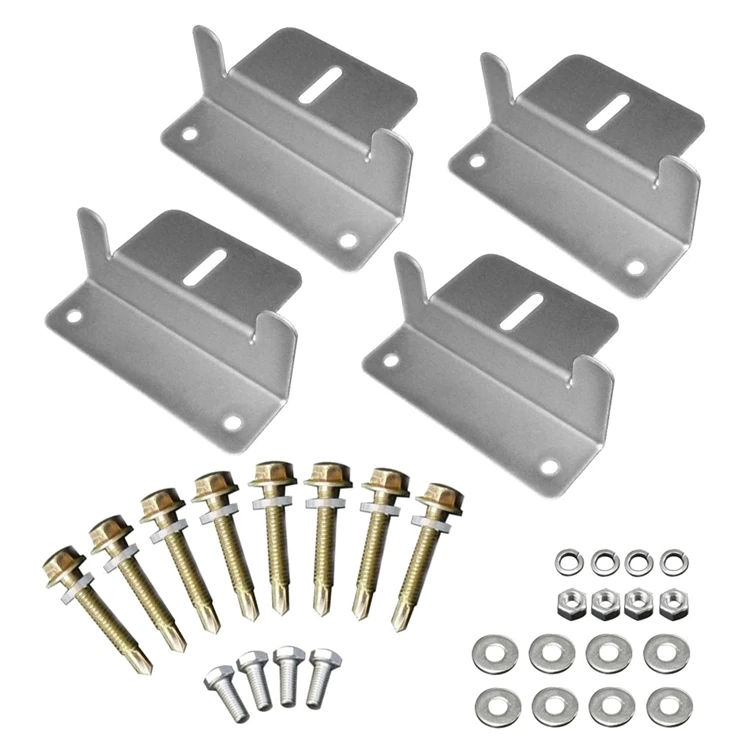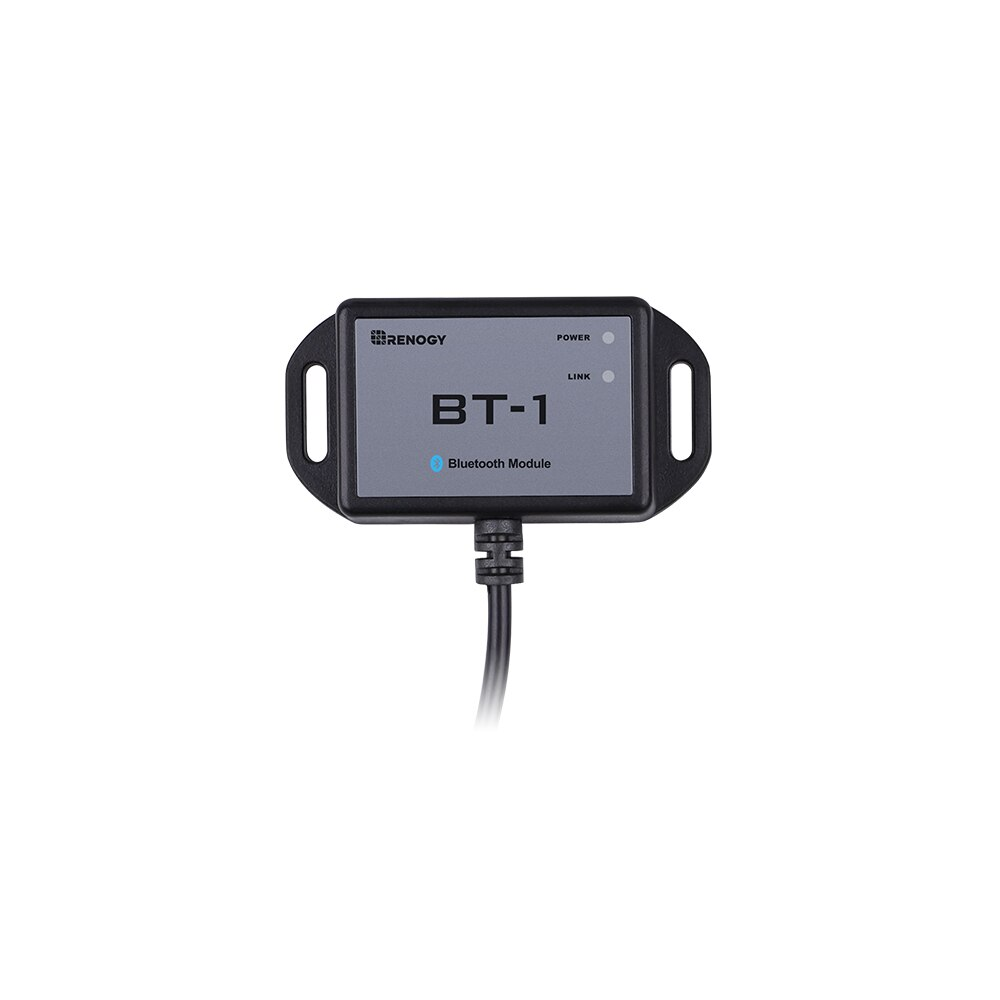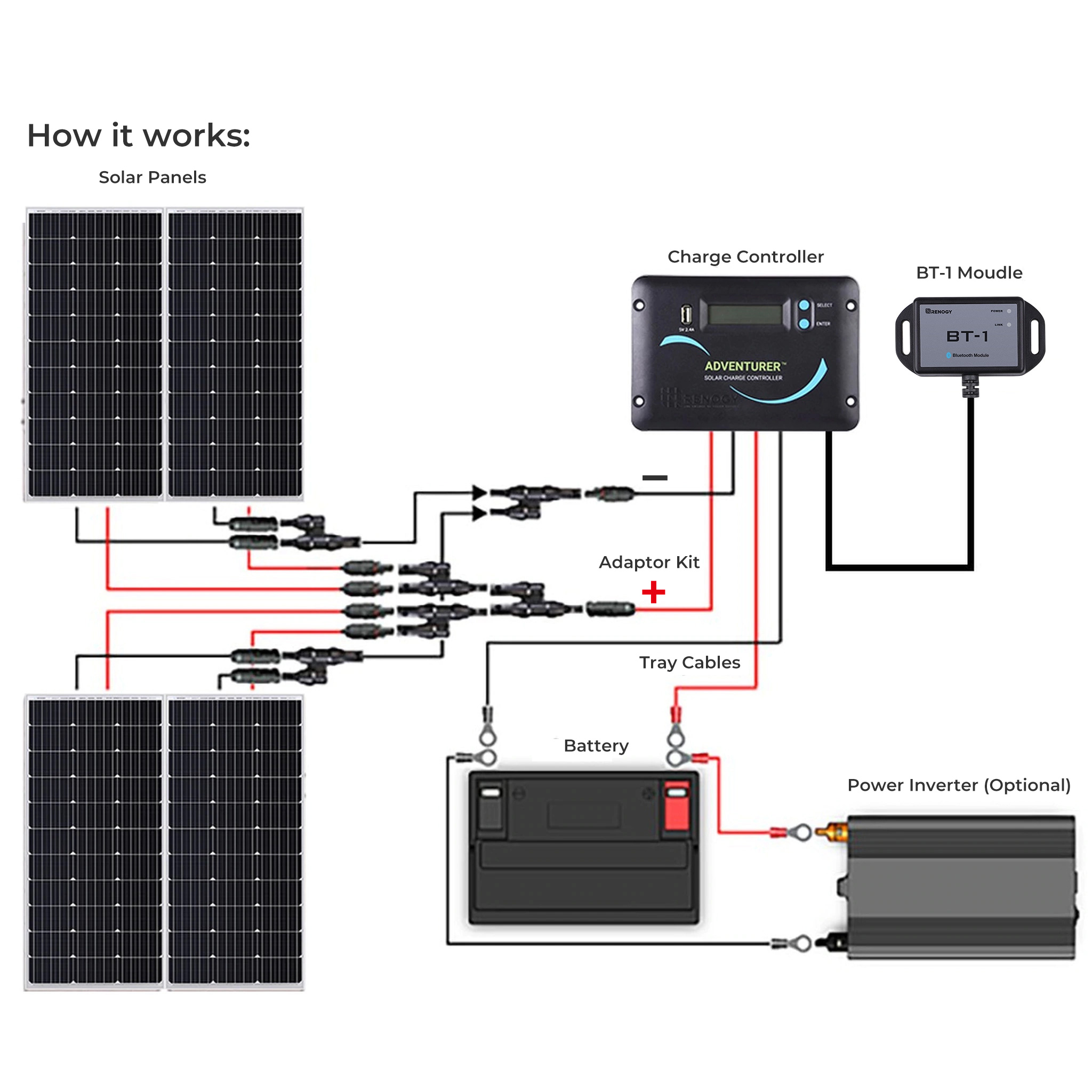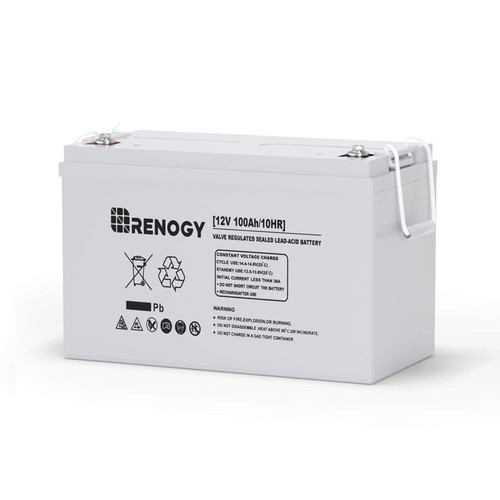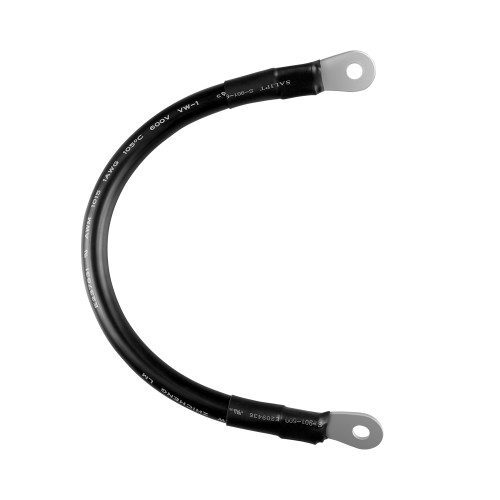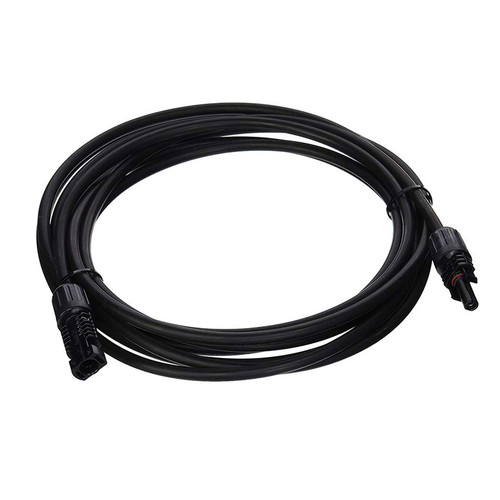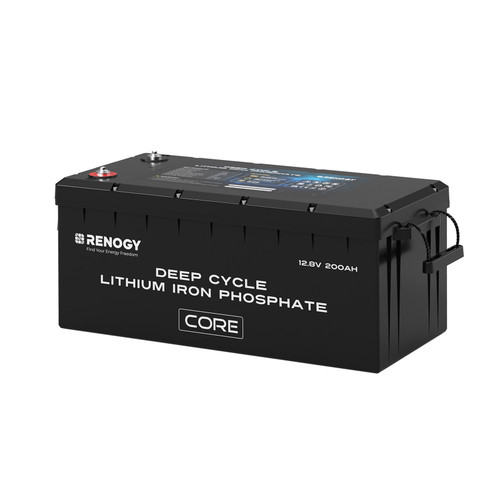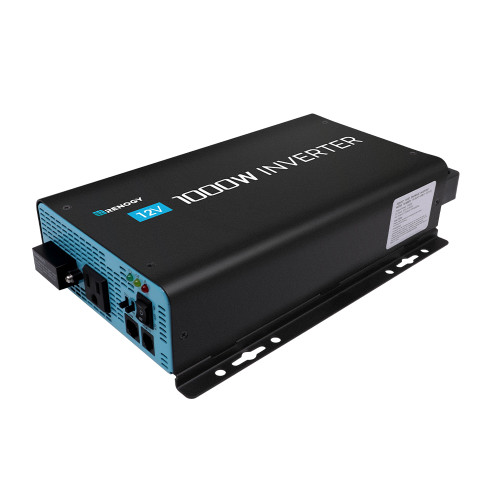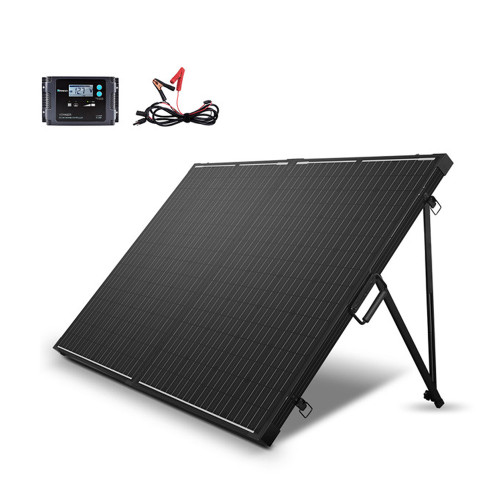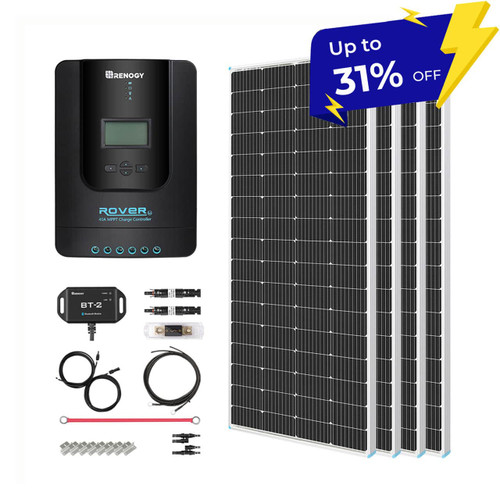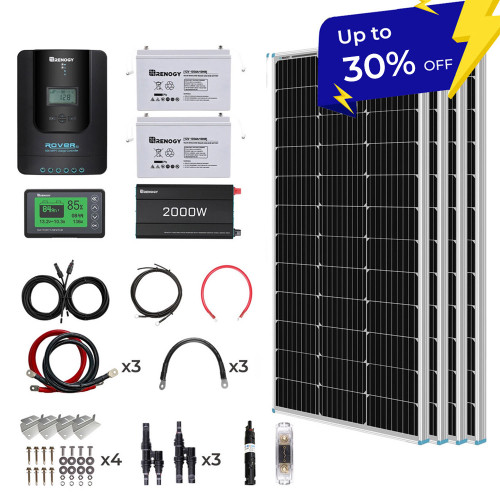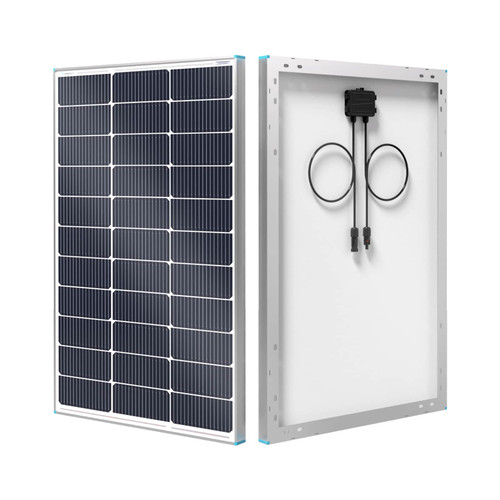Description
Adding a solar power system to an RV can create added convenience and savings. Solar panels produce energy from the sunlight, an abundant and renewable energy source. Adding solar panels can help you dock and park your recreational vehicle without a power hookup, potentially resulting in cost savings and greater freedom. Unlike traditional gas generators, Renogy 400 Watt 12 Volt Solar RV Kit silently recharges your batteries so you can enjoy the great outdoors without the extra noise. Solar panels allow you to run limited low watt electricdal equipment without a power hookup.
Renogy RV Kits are carefully arranged to meet your RV needs. This kit includes four 100W 12V Monocrystalline Solar Panels, one Adventurer 30A PWM Charge Controller, one 30ft 10AWG Solar Adaptor Kit, one 16ft 10AWG Tray Cable, three pairs of Branch Connectors, a BT-1 Bluetooth Module and one Renogy Cable Entry Housing.
The Adventurer 30A PWM Charge Controller is specifically designed for RV applications as it allows for aesthetically clean flush mounting on walls and is negative-grounded for battery compatibility. It also features an LCD screen for displying system operation information and data and allows for full control of parameter settings. The control is embedded with self-diagnostics and electronic protection functions that prevent damage from installation mistakes or system faults.
Newly added BT-1 Bluetooth Module enables user to pair the charge controller with our smartphone app DC Home. The APP allows you to view system performance in real time and make parameter changes right from your smartphone.
If you have any questions regarding this product, please call us at 1 (909) 287-7111 or contact us.
Key Features
Efficient Solar Power- High solar cell efficiency : Monocrystalline Silicon 21% Cell Conversion Efficiency.
- Bypass diodes minimize power drop caused by shade and ensure excellent performance in low-light environments.
- EL tested solar modules; no hot-spot heating guaranteed.
- Corrosion-resistant aluminum frame for extended outdoor use.
- TPT back sheet dissipates excess heat, ensuring smooth output performance.
- IP65 rated junction box provides complete protection against environmental particles and low pressure water jets.
- Sealed, Gel, Flooded and Lithium battery charging algorithm ready 4-Stage battery charging process for a rapid, efficient, and safe battery charging.
- Remote monitoring and control via Bluetooth.
- The Renogy Adventurer is equipped with multiple electronic protections: reverse current, overcharging, short-circuit and reversed polarity.
- Pre-drilled holes on the back frame allow for fast and secure mounting.
- The Renogy Adventurer 30A Charge Controller can expand your system power up to a maximum of 400W.
- The Renogy 100W Monocrystalline Expansion Kit is the perfect solution for adding more solar panels to your system.
Package Includes
|
4 x |
Renogy Adventurer-30A PWM Charge Controller 1 x |
|
1 x |
Renogy 30ft 10AWG Solar Adaptor Kit 1 x |
|
1 x |
Renogy Solar Y Branch Connectors 3 x |
|
4 x |
1 x |
| RENOGY 100W MONOCRYSTALLINE SOLAR PANEL | Renogy Adventurer - 30A PWM Negative-Ground Charge Controller with LCD Display |
|---|---|
| Max Power at STC: 100W | Nominal Voltage: 12V/24V Auto Recognition |
| Operating Temperature: -40°F to 176°F | Rated Charging Current: 30A |
| Open Circuit Voltage (VOC): 24.3V | Battery Type(s): Sealed (AGM), Gel, Flooded, and Lithium |
| Short Circuit Current (ISC): 5.21 | Max. PV Input Power: 400W at 12VDC |
| Optimum Operating Voltage (Vmp): 20.4V | Max. PV Input Voltage: 50 VDC |
| Optimum Operating Current (Imp): 4.91A | Operating Temperature: -13F to 131F |
| Weight: 14.1lbs | Overall Dimension: 6.56 x 4.50 x 1.90 in |
| Dimensions: 41.8 x 20.9 x 1.4 in (1062 x 530 x 35 mm) | Weight: 0.6 lb / 272g |
| Renogy 16ft 10AWG Tray Cables (A Pair) | Renogy Solar Y Branch Connectors |
| Length: 16ft | Withstanding Voltage: 1000V DC(TUV), 600V(UL) |
| AWG: 10 | Protection Degree: IP67, mated |
| Rating Voltage: 600V | Wiring Size Range: 10, 12, 14 AWG |
| Temperature: -40°F to +185°F | Temperature: -40°F to +194°F |
|
RENOGY BT-1 BLUETOOTH MODULE |
Renogy Cable Entry Housing |
| Standby Power Consumption: 0.04W | Material: UV-resistant ABS Plastic |
| Communication Range: ≤15m | Weight (each component): 7.9 oz. |
| Dimensions: 2.6 X 2.01 X 0.61 In | Recommended Adhesive: Sikaflex 252 or alike |
| Max. PV Input Power: 400W (12V) | Dimensions (L x W x H): 4.7 x 3.9 x 2.0 in |
| Cable Gland Diameter Range: 6mm – 12mm | |
| Mounting Z Brackets (Set) | Renogy 30ft 10AWG Solar Adaptor Kit (A pair) |
| Eight Long Cap Bolts and Four Short Bolts | Length: 30ft |
| Four Spring Washers and Four Washers | AWG: 10 |
| Four Z Shape Solar Panel Brackets | Rating Voltage: 600/1000V |
| Four Nuts | Temperature: -40°F to +185°F |
Warranty Information
| Panels |
25-year power output warranty: 5 year 95% output warranty, 10 year 90% output warranty rate, 25 year 80% output warranty 5-year material and workmanship warranty |
| Accessories | 1-year material and workmanship warranty |
A solar panel has to be connected to a charge controller to regulate current, and a battery to store the electrical power. You will need adapter kit cables to wire the solar panel(s) and charge controller, and tray cables connecting the charge controller to a deep-cycle battery.
 |
|||
 |
|||
| Please click the links below to download the manuals: | |||
| 30A PWM Adventurer Charge Controller | |||
| BT-1 Bluetooth Module | |||
| Mounting Z Brackets | |||

